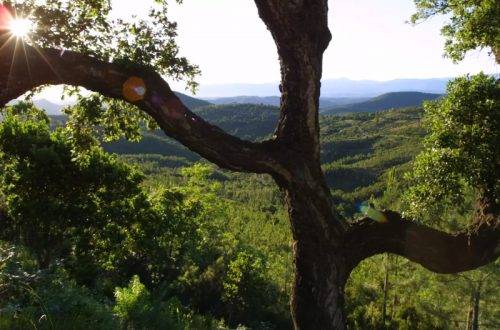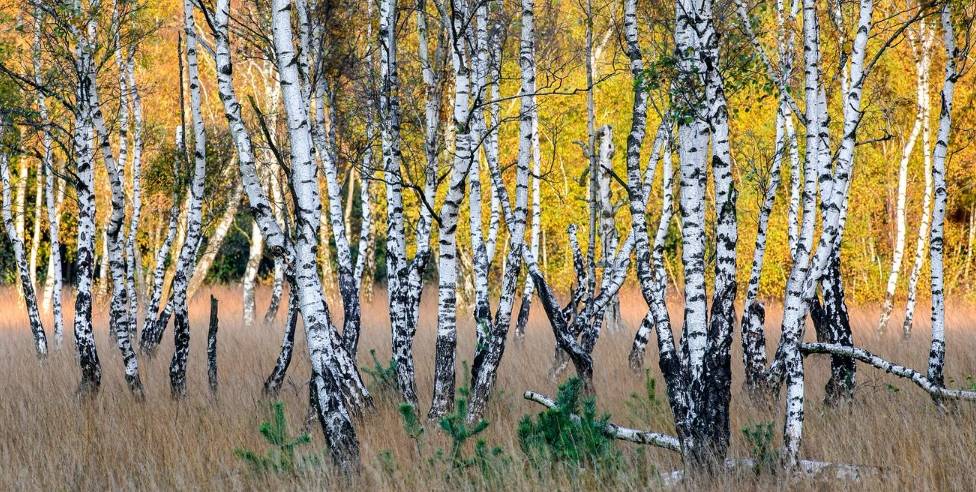
Why do people like birches so much in Germany?
Four types of birches grow in Germany. One of them – downy birch – became the German tree of 2023
Around the world, there are a total of about a hundred different types of birch. In the wild in Germany, four species are common – dwarf, low, drooping and fluffy birches. Now birches occupy only about five percent of the forest area here. Nowadays, the once widespread distribution of these trees is reminiscent of numerous place names – about five hundred German cities, villages and other places with birch roots on the map of Germany: Birkenfeld, Birkenhof, Birkendorf …
A lot of different traditions are also associated with birches in Germany, especially spring ones. At this time of the year, birch twigs with young leaves decorated and decorate churches and houses for church holidays – Easter, Ascension, Pentecost, the Feast of the Body and Blood of Christ. Birch trees are traditionally used in Germany as may trees (Maibaum) and also on construction sites for a special wreath to mark the completion of a house (Richtfest).
Downy (or marsh) birches in Germany
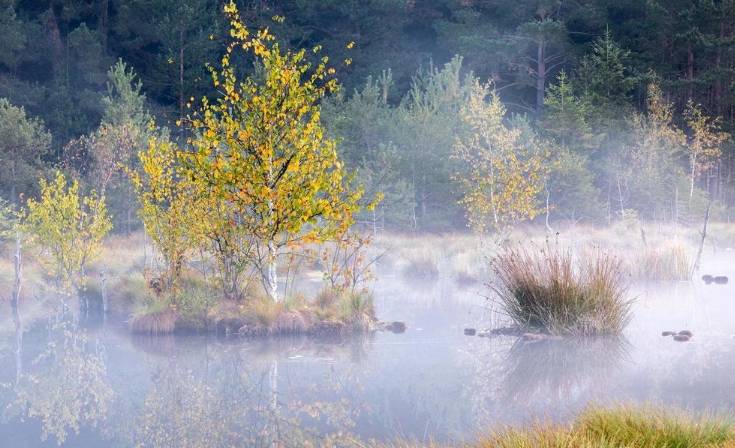
The most widespread in Germany is the drooping birch, which the Germans usually call the sandstone birch (German Sand-Birke), which is also white. Prefers to settle on dry and poor soils. In turn, downy birch, in German – marsh birch (German: Moor-Birke), is found here much less frequently, it occupies only one tenth of those same five percent that fall on birches. Why so few?
The answer to the question is contained in the German name of this very hardy and unpretentious tree – almost all swamps in Germany have long been drained, only about ten percent of those that existed before the start of active human intervention have survived. The resulting fertile land is used for agricultural and other purposes.
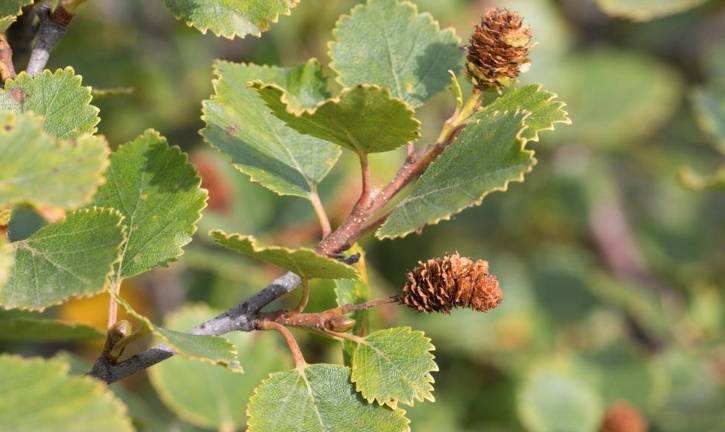
German tree 2023
At the same time, swamps and other wetlands are not only a habitat for numerous animals and plants. They are also of great importance for the protection of the earth’s climate – the absorption of carbon dioxide. These and other environmental aspects were pointed out by the curators of the German program “Tree of the Year” (Baum des Jahres), which in 2023 will be a downy (marsh) birch.
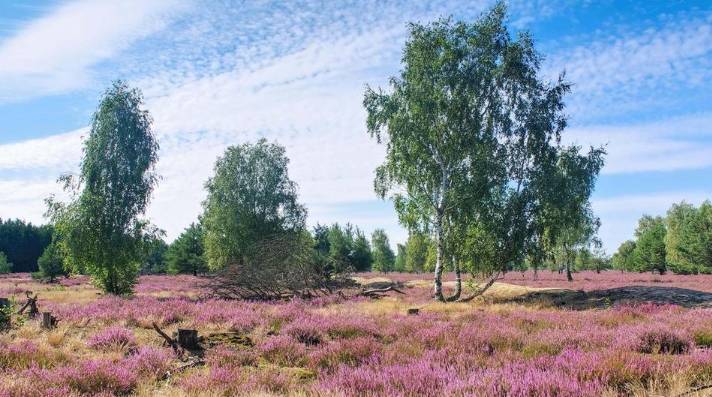
The program will be sponsored by Federal Minister of Agriculture and Food Cem Özdemir. Speaking about the choice made, the German politician pointed out the importance of protecting swamps and the consistent recultivation of drained lands, emphasizing the crucial role of downy birch in preserving and recreating these ecological systems, which are distinguished by a very large variety of species.
State program for the protection and reclamation of swamps
In early November 2022, the German government approved a state strategy for the protection of wetlands. In Germany, the impact of the loss of wetlands results in the release of 53 million tons of CO2 into the atmosphere each year, or 7.5 per cent of the German total. According to the plans of the German authorities, by 2030 this figure should be reduced by 5 million tons. In particular, in the next ten years, several pilot projects to protect the most important wetlands will be financed from the federal budget. In total, 48 million euros will be spent for these purposes during this time.
Downy birches are often the only trees growing in swamps in Germany. In addition to these places, they are also found here in mountainous regions – even at an altitude of more than two thousand meters, that is, at the border of tree growth. In general, they are widely distributed on the earth – from the southern regions of Greenland to Eastern Siberia.
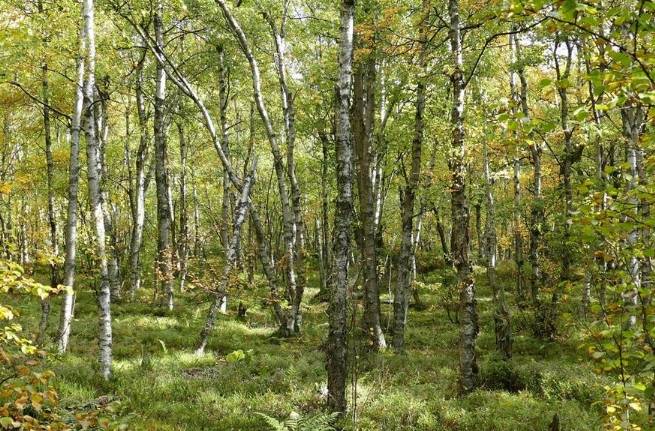
Birches – pioneer trees
According to the expert of the program “Tree of the Year” Dr. Rudolf Fenner (Dr. Rudolf Fenner), after the end of the last ice age in Europe about 12 thousand years ago, it was the birch trees that were the very pioneer trees that appeared first on thawed damp soils. This kind of birch period lasted for about a thousand years. Then, in many places, birches gave way to other trees – pines, hazels, and so on. Gradually, light-loving birches remained only in those places where other trees did not settle: on very dry soils – drooping birch, on swampy – fluffy birch.
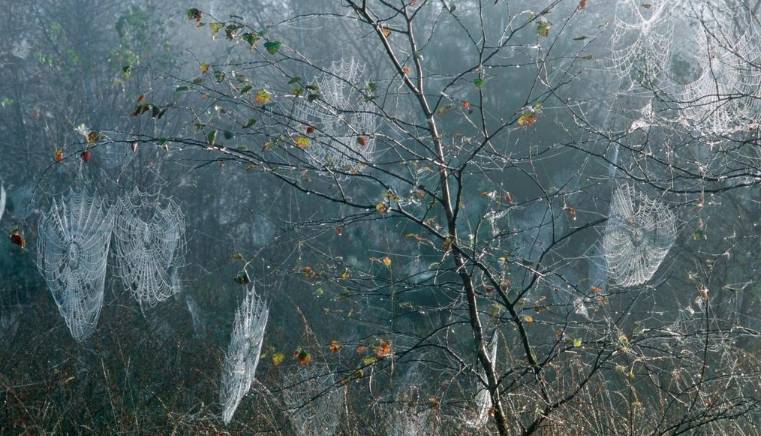
In addition to swamps and forests, these birches now often grow in Germany along roads, canals, rivers, along the edges of fields, and so on. At the same time, they reach the age of 80 to 120 years. Birch groves and other areas with these trees are characterized by great ecological diversity. Downy birches, for example, create conditions for the habitat and reproduction of many rare insects – beetles, cicadas, wasps, butterflies, and so on. The birch tinder fungus settles exclusively on the trunks of dead birches. About thirty species of birds find their food in the crowns of birches.
The Tree of the Year program has been carried out in Germany for more than thirty years. The first tree on this list in 1989 was the pedunculate or common oak. The immediate predecessors of downy birch were false acacia locust, holly holly and European beech.


